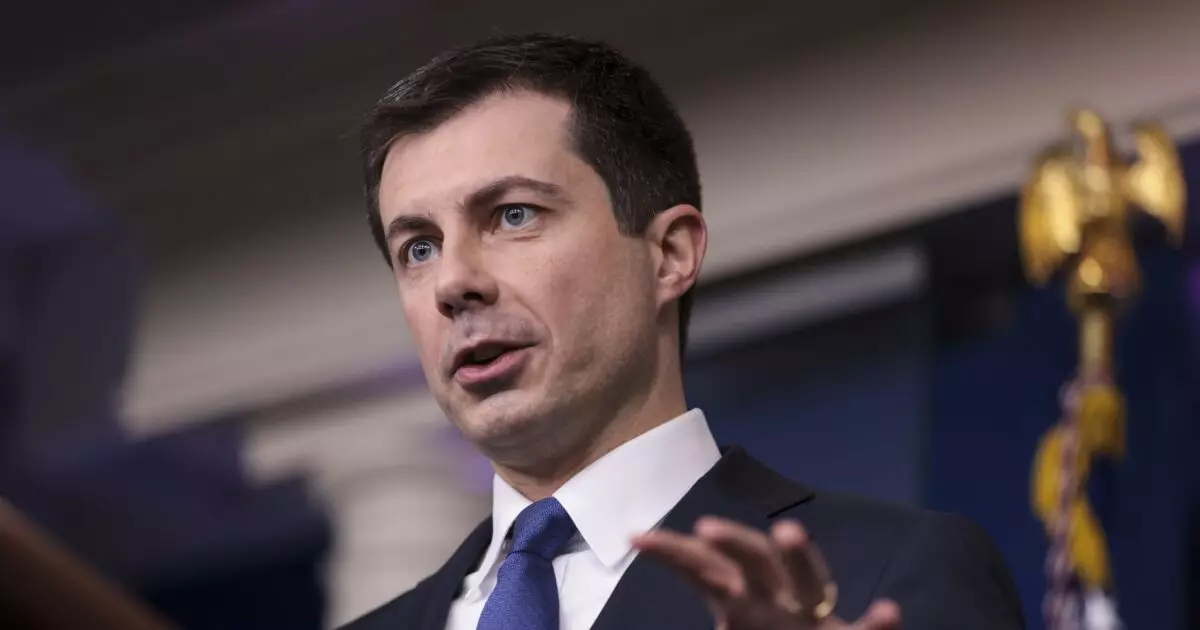As the Biden administration commemorates the third anniversary of the Infrastructure Investment and Jobs Act (IIJA), it marks a crucial point in the trajectory of American infrastructure development. The administration has recently announced a considerable allocation of $3.4 billion in new grant funding, which serves as a testament to its commitment to utilizing federal resources effectively in the remaining months of its tenure. This initiative combines both a demonstration of progress made and a strategic plan to maximize the benefits of previously allocated funds. Transportation Secretary Pete Buttigieg emphasized that the government has a responsibility to ensure these funds are utilized efficiently, even as political winds shift.
The Scope and Scale of IIJA Investments
Since its inception, the IIJA has funneled nearly $570 billion into a diverse array of infrastructure projects, spanning over 66,000 initiatives nationwide. This monumental investment of $1.2 trillion is not merely an economic stimulus; it represents a substantial shift toward modernizing America’s infrastructure. As the act approaches its midway point—planned appropriations lasting until September 30, 2026—the durability of its funding structures poses challenges for any future administration that might seek to amend or retract these initiatives. This aspect of the IIJA is pivotal, given recent indications from incoming political leadership, which could potentially alter the program landscape, especially for projects focusing on sustainability, such as electric vehicle charging infrastructure.
The celebration of IIJA’s impact underscores a rare instance of bipartisan cooperation, as reflected in remarks from leaders across the political spectrum. Both Democratic and Republican representatives, including Kentucky’s Governor Andy Beshear and Oklahoma City Mayor David Holt, have highlighted the necessity of collaboration in achieving critical infrastructure objectives. The recent announcement of grant allocations, which includes significant investments in rail, road, and port infrastructure, showcases the act’s ability to bring together differing political ideologies in pursuit of shared goals. The funding for the Brent-Spence Bridge replacement demonstrates how state cooperation can manifest tangible outcomes.
The newly pledged $3.4 billion is earmarked for focused programs designed to enhance rail infrastructure, improve roadway safety, and bolster port facilities. With $1.5 billion allocated specifically for rail projects along the Northeast Corridor, there exists a clear intention to modernize and expand access to public transport—an aspect critical for reducing carbon footprints and promoting sustainable transit solutions. Additionally, the $1.2 billion intended for promoting cleaner production materials showcases a dual commitment to infrastructure development and environmental responsibility. It illustrates an increasing trend in federal initiatives that marry economic growth with climate resilience.
As the IIJA continues to unfold, the impending political landscape poses both challenges and opportunities. The foundation laid by this administration could very well shape the trajectory of American infrastructure for years to come. Ongoing support and faithful appropriation of the funds are necessary to drive the mission forward, ensuring that the critical infrastructure needs of all Americans are met. As the nation stands at this crossroads, the focus must remain on collaboration, sustainable practices, and innovative approaches to bridge the gap between current needs and future aspirations.

